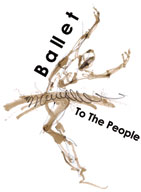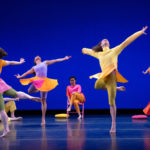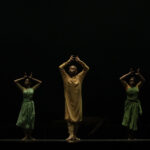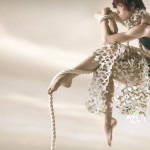Leigh Donlan reviewed the Jan 30, 2025, performance at New York’s Joyce Theater
Calais-based Compagnie Hervé KOUBI returned to the Joyce Theater last week with Ce Que Le Jour Doit à La Nuit (What the Day Owes to the Night.) After its 2013 premiere in Aix-en-Provence, it came to Fall for Dance at New York City Center in 2015, then to the Joyce in 2018. After a recreation for the Belgrade Dance Festival in 2021, it is now back in New York, a feat of pure artistry. The 65-minute ceremonial rite wove capoeira, martial arts and contemporary dance into a timeless wonder using only a bare stage, 13 diversely trained male dancers from across the Mediterranean basin, a fusion of sacred and secular music and ethereal light.
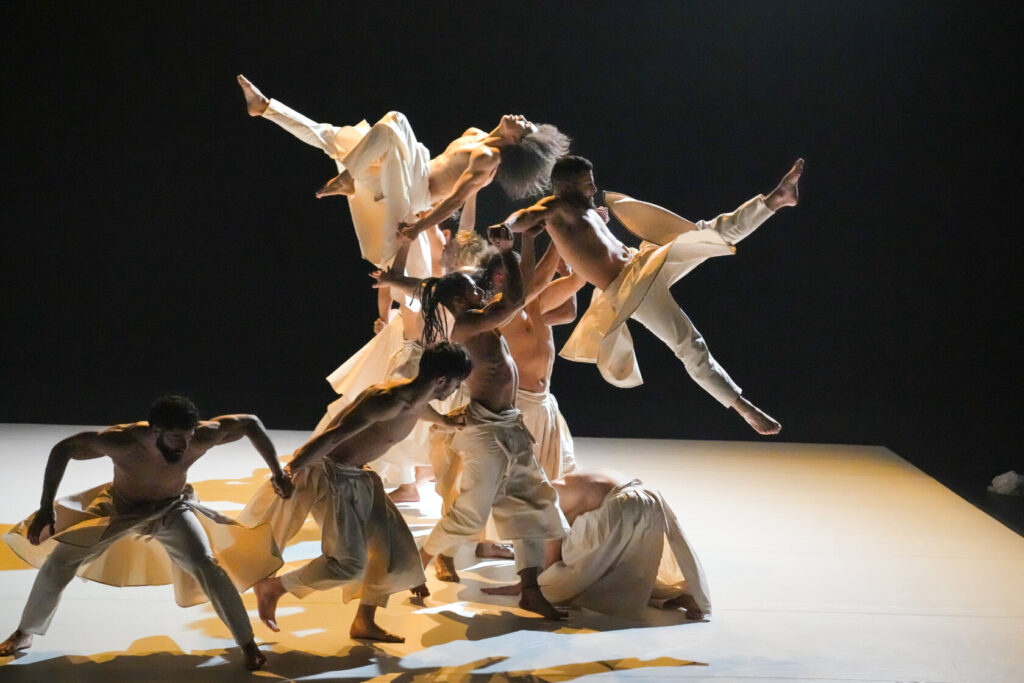
French-Algerian choreographer Koubi was raised in France. After he learned of his Algerian roots, he returned to his native land and founded his company with street dance performers with whom he developed a distinct aesthetic over time. He was inspired by Yasmina Khadra’s novel, Ce Que Le Jour Doit à La Nuit, about a young man’s adventures during the Algerian War for Independence. He was further influenced by his own journey in creating this piece.
The recorded hybrid score ranged from Sufi rhythms, sacred music by J.S. Bach, works by Egyptian composer Hamza El Din for the Kronos Quartet and Maxime Bodson.
There was no formal narrative, and lighting (design by Lionel Buzonie) denoted the passage of time. Dancers wore all white: long sleeved shirts, pants and panelled skirts that plumed during their whirling dervish turns (costumes by Guillaume Gabriel.)
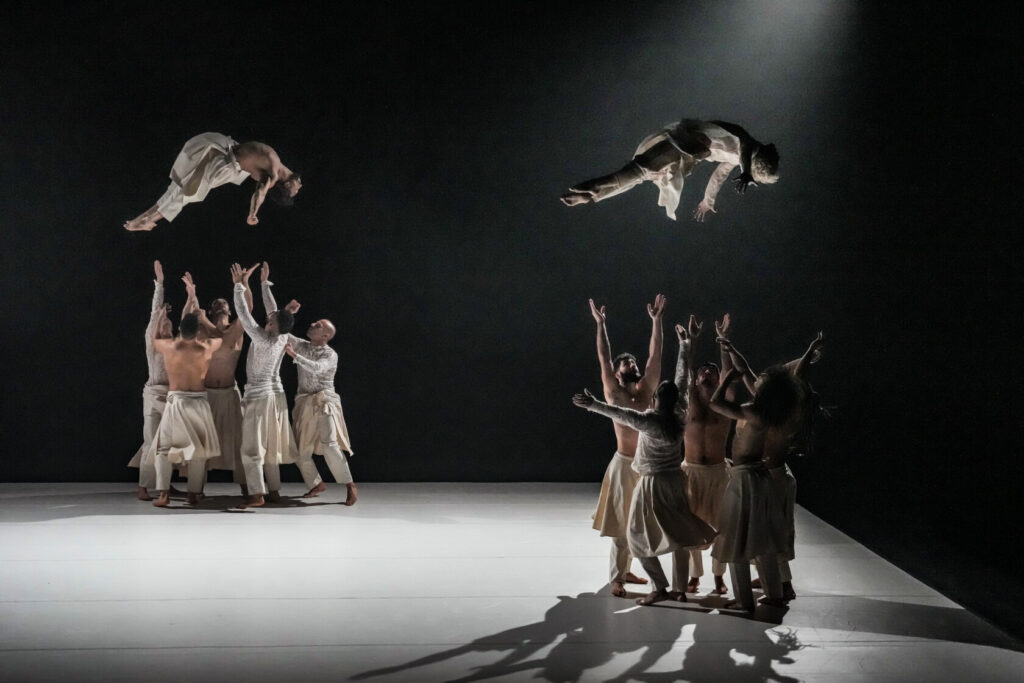
The piece opened with a ritualistic sequence that drew heavily from the language of capoeira. A bell tolled and a smoky golden light illuminated a mound of bodies. Limbs stretched outward and bodies sprung into separate currents of small groups and solos. In silence, a solitary dancer anchored his weight into the ground with one hand and spun his full, inverted body. Inversions are meant to summon the ancestors, as practitioners draw strength and power down into their bodies from the spirit realm. The grounding into the earth with skyward feet in handstands indicates that the dancer is now inbetween worlds, a conduit.
Circles, or rodas, formed to hold benevolent duels featuring axles, aerial turns, split-second plank leaps onto opponent shoulders and full body launches from supine positions. The defiance of gravity was astonishing, particularly from El Houssaini Zahid whose lengthy levitations forsook all earthly obligations. Such defiance is inherent to capoeira’s origins in African slavery in colonial Brazil. Combative training was deceptively framed as music, song and dance, allowing captives to develop self-defense skills to resist or escape captivity. Capoeira was outlawed in 1890. The ban was lifted in the 1930’s when it was reformed as a sport, comparable to jiu jitsu. Capoeira is now considered an art form of empowerment, freedom and resilience.
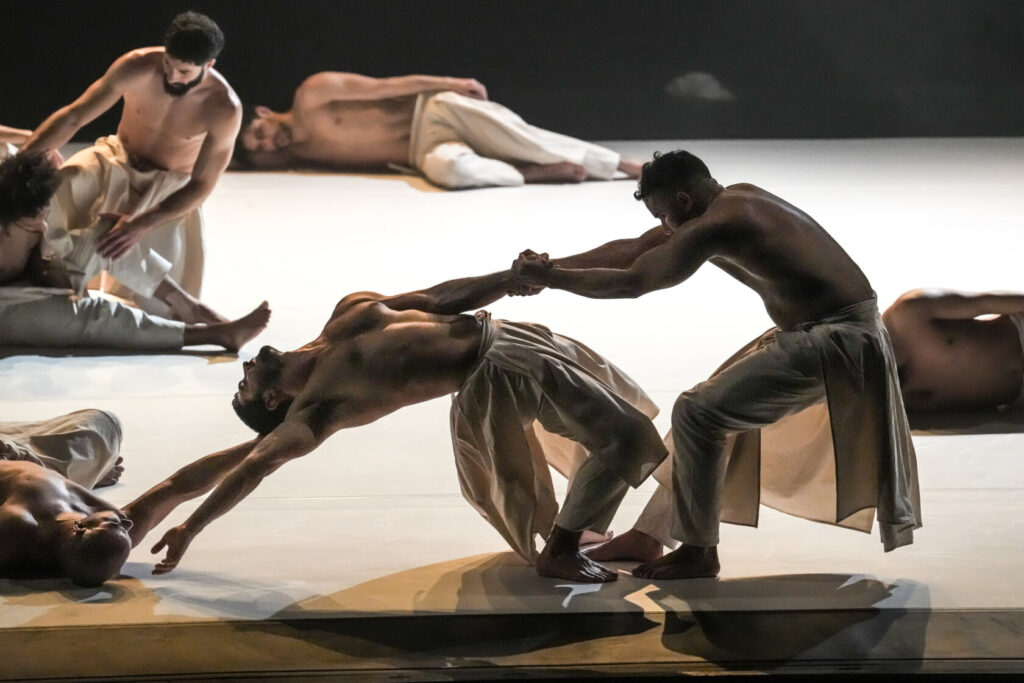
Pieces of the dance illustrated failed escapes. Dancers attempted to break free from a chain gang, as we heard clattering shackles, cracked whips and shrill whistles. A dancer scaled a mountain of bodies only to fall, seemingly to his death. Groups catapulted single bodies into the air as if in offering or prayer, the airborne body splayed out like a crucifix.
The final ensemble section integrated both inverted headspins and upright dervish turns suggesting a union of the upper and lower realms. The men advanced downstage in deep rhythmic squats, moving as a unified tribe. Bendehiba Maamar emerged at the forefront of the group, speaking Koubi’s poetry, translated from French into Arabic by the dancers, the language of their grandparents: “I went there… to face the emptiness… to meet my lost brothers… and my tears flowed at the oblivion and the cruel time that had passed… full of brotherly love nowhere else known… out of love for them and for mine… I went there.”
While this work was a powerful reclamation of roots and made an indictment of colonialism and slavery, it was also a refreshing representation of healthy masculinity – exemplifying nonviolent, peaceful solutions to conflict and deep respect for one another.
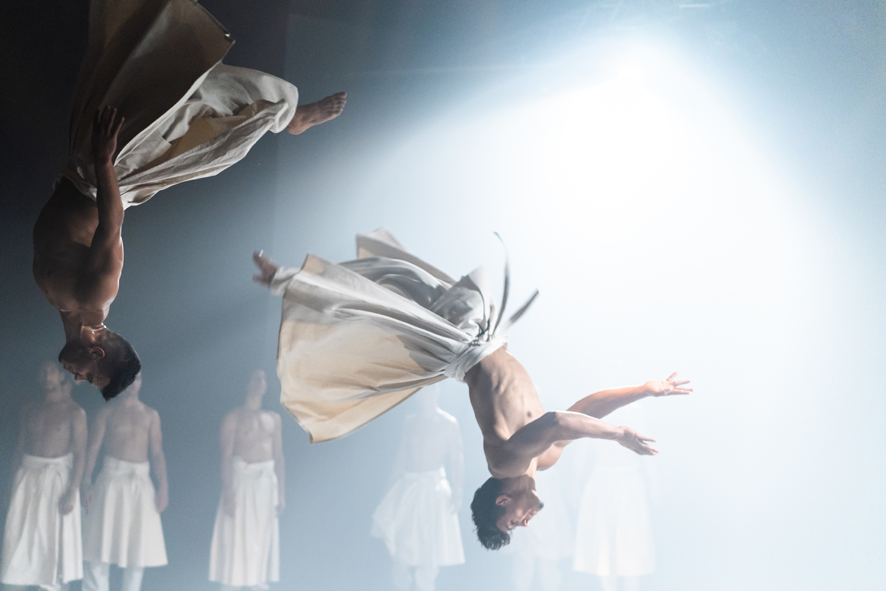
What the Day Owes to the Night was presented by the Joyce Theater with the support of Dance Reflections by Van Cleef & Arpels.
